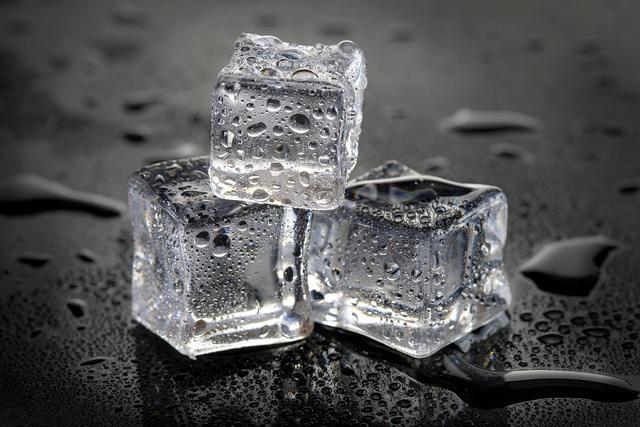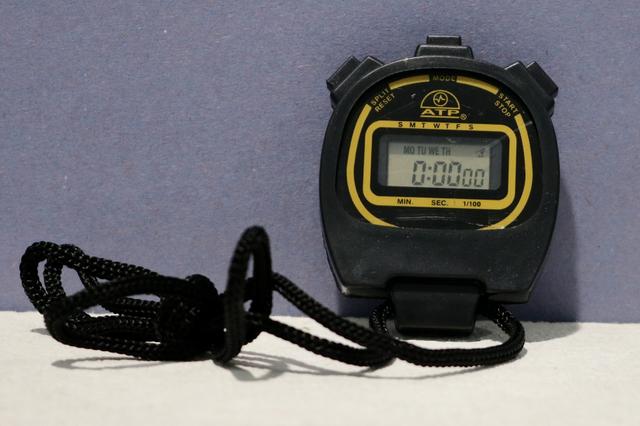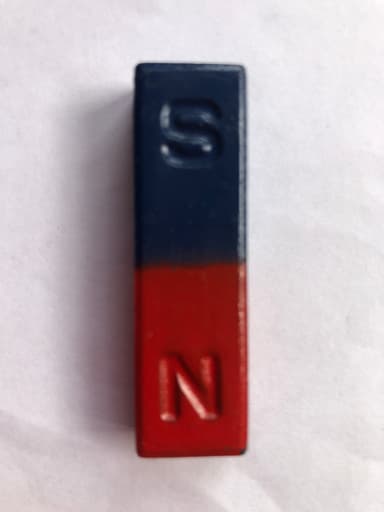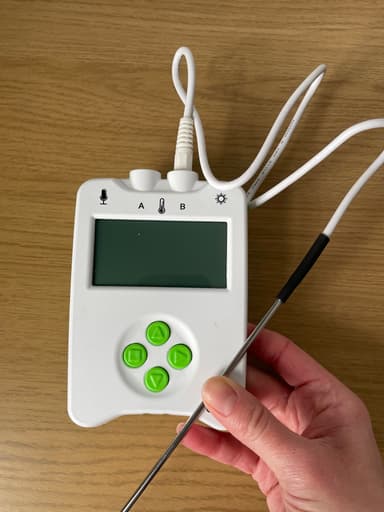The effect of adding salt to ice: do and review (non-statutory)
I can carry out and review an investigation into the effect of adding salt to ice.
The effect of adding salt to ice: do and review (non-statutory)
I can carry out and review an investigation into the effect of adding salt to ice.
These resources will be removed by end of Summer Term 2025.
Switch to our new teaching resources now - designed by teachers and leading subject experts, and tested in classrooms.
These resources were created for remote use during the pandemic and are not designed for classroom teaching.
Lesson details
Key learning points
- Rock salt is often used to melt the ice on roads and pavements.
- Adding salt to ice (frozen water) lowers the melting temperature and speeds up the rate of melting.
- Scientists use a range of equipment to observe, measure and compare when they investigate to find answers to questions.
- The results of an investigation are used to make conclusions.
- When scientists review an investigation, they look again at what they have done and consider if it could be improved.
Keywords
Rock salt - Rock salt is the name given to salt before it is processed.
Melt - To melt is to change from a solid state to a liquid state.
Equipment - Equipment is any object or materials used to collect data in a science investigation.
Conclusion - In a conclusion, scientists explain what the results show or mean.
Review - When scientists review, they look again at what they have done and consider if it could be improved.
Common misconception
Pupils may think that all types of salt cause ice to melt at the same rate.
Opportunity to explore different types of salt and observe firsthand the effect that each type of salt has on the ice. Pupils should use the plans they created in lesson 2 to investigate this themselves.
To help you plan your year 6 science lesson on: The effect of adding salt to ice: do and review (non-statutory), download all teaching resources for free and adapt to suit your pupils' needs...
To help you plan your year 6 science lesson on: The effect of adding salt to ice: do and review (non-statutory), download all teaching resources for free and adapt to suit your pupils' needs.
The starter quiz will activate and check your pupils' prior knowledge, with versions available both with and without answers in PDF format.
We use learning cycles to break down learning into key concepts or ideas linked to the learning outcome. Each learning cycle features explanations with checks for understanding and practice tasks with feedback. All of this is found in our slide decks, ready for you to download and edit. The practice tasks are also available as printable worksheets and some lessons have additional materials with extra material you might need for teaching the lesson.
The assessment exit quiz will test your pupils' understanding of the key learning points.
Our video is a tool for planning, showing how other teachers might teach the lesson, offering helpful tips, modelled explanations and inspiration for your own delivery in the classroom. Plus, you can set it as homework or revision for pupils and keep their learning on track by sharing an online pupil version of this lesson.
Explore more key stage 2 science lessons from the Materials (non-statutory) unit, dive into the full secondary science curriculum, or learn more about lesson planning.

Equipment
Pupils will follow the plan they created in the previous lesson so will need resources such as rock salt, table salt, ice cubes, funnels, measuring beakers/cylinders, stopwatches, cameras or similar.
Content guidance
- Risk assessment required - equipment
Supervision
Adult supervision required
Licence
Starter quiz
6 Questions






Exit quiz
6 Questions











